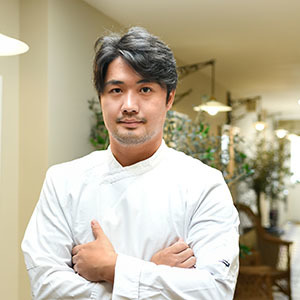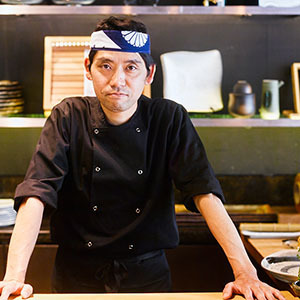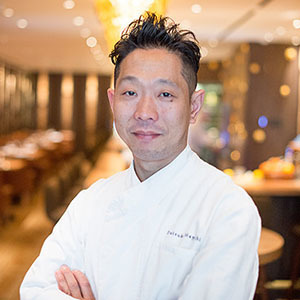ikisho partners with the leading sake promoter in the country, Rie Yoshitake, for the ultimate sushi and sake Japanese culture experience. We select and serve the perfect brew in the temperature and serving style according to the variety to enhance your 'omakase' menu. Alternatively, your sake can be paired and delivered to you before your event.
Sake is a national beverage of Japan with a history of two thousand years. Also referred to as Japanese rice wine, sake is produced by a brewing process where starch is converted into sugars which ferment into alcohol. Made with fermented rice, water and koji (often translated as rice malt or yeast made from rice), sake typically contains 15–20% alcohol by volume. In the Japanese language, the word 'sake', 酒, means liquor and can refer to any alcoholic drink, while the beverage called 'sake' in English is usually termed 'nihonshu', 日本酒.
Sake Pairing
We focus on three points when pairing sake; flavour, texture and acidity. The flavour can either complement or contrast. Lean fish, like tuna sashimi can be complemented with a similar light-bodied sake. Or a contrasting pairing would be like a fruity, citrus sake with a savoury dish like grilled mackerel. The texture, i.e. body of sake and how it feels in the mouth, can range from structured to soft and subtle. Textured dishes like grilled eel are perfect with a full-bodied and acidic sake of equal structure. Or some may prefer to go for contrast and pair smooth and dry sake to cut through the oil of the eel. The acidity in sake helps to break down lipids (fats and oils) and spread flavour. Fatty fish, especially raw, such as horse mackerel, are enhanced with sake with more acidity. The sake will help dissolve the fats and gently diffuse the wonderful flavours. On the other hand, a more subtle fish like red snapper may be overwhelmed by such acidity. Our experts will match sake of perfect harmony and balance for your bespoke ikisho menu.
Types of Sake
Just like wine, sake is rich in variety. It's complexity, elegance, and price point depend on how polished the grains of rice are that are used to make it. Generally speaking, the more polished the sake, the cleaner the taste. The recommended serving temperature of sake varies greatly by type, as do the serving cups; porcelain, earthenware, glasses or wooden cups. Some examples of sakes we will pair include; 発泡日本酒 'Happou Nihonshu' (sparkling sake), 純米 'Junmai' (strong rice flavour and aroma), 吟醸 'Ginjo' (fragrant and fruity), 大吟醸 'Daiginjo' (sophisticated and refined fragrance and flavor), 生 'Nama' (unpasturised, fresh taste), 古酒 'Koshu' (aged, vintage sake, refined mature aromas and rich, deep, sweet flavours), にごり酒 'Nigori' (milky and robust cloudy sake), and refreshing dessert sakes including 梅酒 'Ume-shu' (plum wine) and ゆず酒 'Yuzu-shu' (citrus fruit wine).

Rie Yoshitake
Rie Yoshitake is the leading sake ambassador in Europe, where she represents the Sake Samurai Association (SSA) and the Japan Sake and Shochu Maker's Association (JSSA). She has been instrumental in organising the world's largest sake competition at the International Wine Challenge (IWC).
Rie is currently spearheading a series of sake campaigns at Japanese embassies, major universities and international corporations across Europe and the U.K. She has come to be known as the "Sake Lady" of London, her adopted home, where she received the Japanese Minister's Award for her contribution towards raising the profile of Japan's national drink and cuisine. She also runs her international business consultancy Yoshitake & Associates, which bridges Japan and U.K. businesses.



